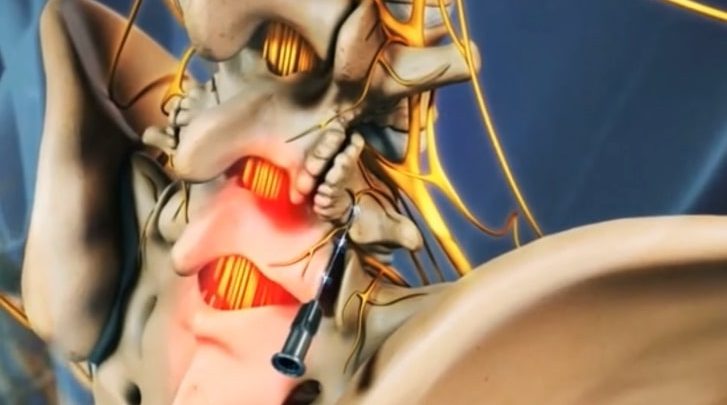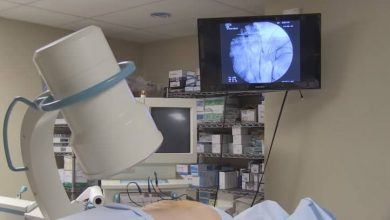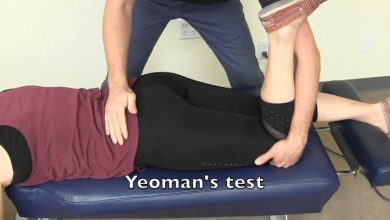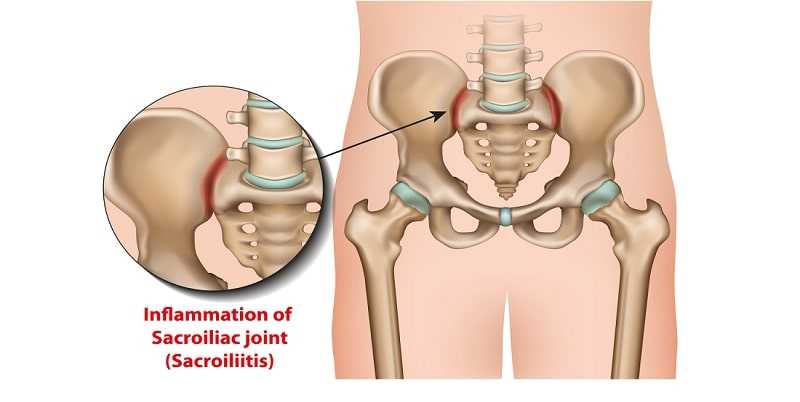Radiofrequency Neurotomy for the Treatment of Sacroiliac Joint Pain

Radiofrequency neurotomy, or RFN, is a type of injection procedure that aims to temporarily interrupt the pain signals to the brain by creating localized lesion of heat on particular nerves to reduce back and neck pain, and the larger nerves and region surrounding unaffected. This procedure can only be done after the source of the pain has been identified precisely, and only patients that exhibited to have pain originating from facet joints will be eligible for radiofrequency neurotomy. Facet joints refer to small joints which are located in between each of the vertebra that provides the spine both flexibility and stability. Facet syndrome, however,will occurs when a few or possibly just one of these joints has become irritated or inflamed. The radiofrequency procedure is aimed to prolong, for months to years, the relief sustained by medial branch block or face joint injections.
Prior to the procedure, tests may be required to determine whether the nerves commonly targeted by radiofrequency neurotomy are the same nerves responsible for the pain. Imaging scans are used during the procedure to assist the doctor in precisely positioning the needles. Once proper positioning is confirmed, a local anaesthetic will be injected to ensure the lesioning become virtually painless, also the needle tip will then heats the tissues surrounding. In performing this procedure, radio waves are delivered to the targeted nerves through needles inserted in the skin right above the spine.
Radiofrequency neurotomy for sacroiliac joint pain has only recently emerged as a possible effective treatment under study. Success rates of the procedure vary. It may work better in some people than in others. Studies reveal that about 30 to 50 percent of the patients who undergo radiofrequency neurotomy procedure will experience significant relief from facet or sacroiliac joint pain for two years or longer. About half of the remaining patients get benefit for shorter period, and some patients do not experience any benefit from the actual procedure at all. Moreover, according to the conclusion derived from a review done by Stasia Bochnowski Muhlner, reported that the variation of the results was due to the improper diagnosis, unique nerve pattterns in each individual, patients selection and also the variability of procedure itself.
Overall, however, 70 to 80 percent of the patients declare satisfaction with the procedure, claiming that the nerves have the capacity to grow back in time. Some patients experience immediate relief after the procedure. While for others, it may take three to six weeks to recover due to the soreness at the injection site.
Meanwhile, as for all the medical procedures, radiofrequency neurotomy may also develop some complications like infection, bleeding, numbness and pain surrounding the injection area, severed pain caused by spasms on the injection area, permanent pain on nerve, medication allergic reaction, and spinal cord injury or nerve injury. But the good news is that these complications seldom happen.
Although most insurance company cover radiofrequency lesioning, some would fight to keep from paying for it because radiofrequency neurotomy is fairly an expensive treatment.





